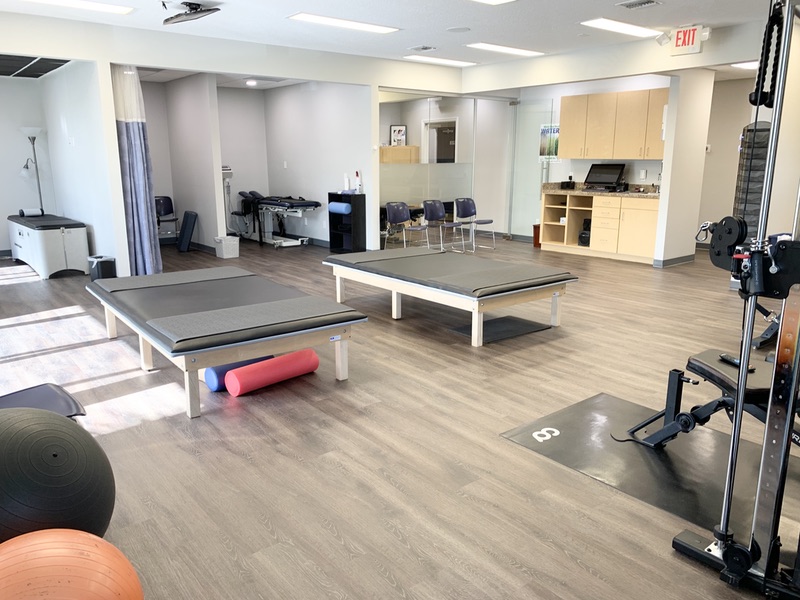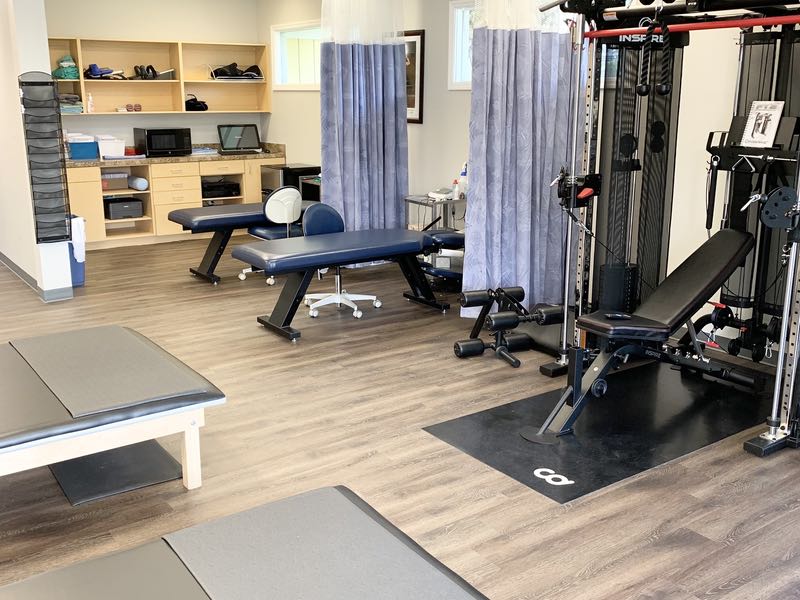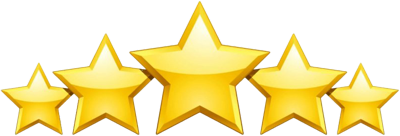
Physiotherapy is treatment to restore, maintain, and make the most of a patient’s mobility, function, and well-being. Physiotherapy helps through physical rehabilitation, injury prevention, and health and fitness. The goal is to get you involved in your own recovery.
Some of the techniques involve:


Chiropractic care and physiotherapy share a common goal: to help patients achieve optimal health and wellness through non-invasive, holistic approaches. Combining these two fields can provide patients with a comprehensive treatment plan that addresses both structural alignment issues and muscular rehabilitation. Below we will delve into several techniques central to chiropractic physiotherapy, including biomechanical analysis, exercises and stretches, kinesiology taping, electrical muscle stimulation, therapeutic ultrasound, and neuromuscular reeducation.
Biomechanical Analysis: Biomechanical analysis is at the forefront of any effective chiropractic physiotherapy program. This assessment aims to understand the body's movements and posture to identify any abnormalities or potential causes of pain or injury. By understanding the mechanics of the body, chiropractors can devise personalized treatment plans that address specific issues, helping patients move more efficiently and reduce the risk of future injuries.
Exercises & Stretches: Exercises and stretches play a crucial role in chiropractic physiotherapy, aiding in the recovery and prevention of musculoskeletal injuries. They not only improve flexibility, strength, and balance, but they also enhance spinal health by promoting proper alignment. Customized to each patient's condition and fitness level, these exercises and stretches can be performed both under supervision during treatment sessions and at home as part of a regular self-care routine.
Kinesiology Taping: Kinesiology taping is a therapeutic technique that uses a special elastic tape applied to the skin to support muscles and joints without limiting their range of motion. This method is particularly useful in managing pain and reducing inflammation. It can also enhance the body's natural healing process by improving circulation to the injured area.
Electrical Muscle Stimulation: Electrical Muscle Stimulation (EMS) is a form of therapy that uses low-level electrical currents to stimulate muscle contraction. This stimulation can help manage pain, reduce swelling, and promote general muscle tone. It's also beneficial in strengthening weakened muscles, improving circulation, and promoting faster healing.
Therapeutic Ultrasound: Therapeutic ultrasound is another tool in chiropractic physiotherapy that uses sound waves to create deep heat within body tissues. This heat can help reduce muscle tension and pain, enhance blood circulation, and accelerate the healing process. It's especially useful in treating deep tissue injuries and chronic musculoskeletal conditions.
Neuromuscular Reeducation: Neuromuscular reeducation is a therapeutic technique aimed at restoring normal body movement patterns. After injury or due to chronic poor posture, the body often adopts abnormal movement patterns that can lead to further pain or injury. Through neuromuscular reeducation, chiropractors help patients relearn proper movements and postures, improving their overall function and mobility.
Chiropractic physiotherapy offers a comprehensive, multidimensional approach to health and wellness, combining the strengths of chiropractic care and physiotherapy. The techniques explored in this article—biomechanical analysis, exercises and stretches, kinesiology taping, electrical muscle stimulation, therapeutic ultrasound, and neuromuscular reeducation—work synergistically to address musculoskeletal issues holistically. This approach not only helps manage pain and restore function but also promotes long-term health, giving patients the tools to maintain optimal physical well-being. As always, treatment plans should be personalized to individual needs, and patients should consult with a professional chiropractor to determine the most suitable course of action.
